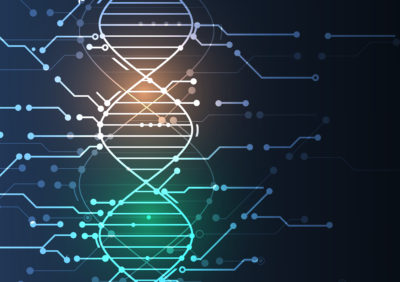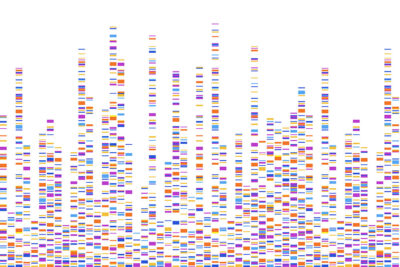by Richard William Nelson | Sep 18, 2012
 The junk DNA theory was introduced in 1972 by evolutionary geneticist Susumu Ohno in the paper entitled “So Much ‘Junk’ in Our Genome.”
The junk DNA theory was introduced in 1972 by evolutionary geneticist Susumu Ohno in the paper entitled “So Much ‘Junk’ in Our Genome.”
The junk comprises sections in the genome with no discernible function, it was thought. Previously, in 1970, Ohno gained notoriety for his gene duplication-driven theory, presented in his book, Evolution by Gene Duplication.
Continue Reading
by Richard William Nelson | Sep 11, 2012
 “Human evolution is the lengthy process of change by which people originated from apelike ancestors,” explains the Smithsonian Institute exhibit (pictured left) entitled “Introduction to Human Evolution.” Continuing their explanation –
“Human evolution is the lengthy process of change by which people originated from apelike ancestors,” explains the Smithsonian Institute exhibit (pictured left) entitled “Introduction to Human Evolution.” Continuing their explanation –
“Scientific evidence shows that the physical and behavioral traits shared by all people originated from apelike ancestors and evolved over a period of approximately six million years.”
Continue Reading
by Richard William Nelson | Sep 5, 2012
 Exploring human evolution via DNA was essential for twentieth-century evolution scientists. Charles Darwin, however, in The Origin of Species, never used the terms genetics, genetic, and genes until 1872, following the publication of the pea plant inheritance report of Gregor Mendel in 1866.
Exploring human evolution via DNA was essential for twentieth-century evolution scientists. Charles Darwin, however, in The Origin of Species, never used the terms genetics, genetic, and genes until 1872, following the publication of the pea plant inheritance report of Gregor Mendel in 1866.
In his sixth edition, Darwin used the term “genetic” twice, but only to express a genealogical idea, not as a molecular term. In the words of American evolutionary biologist Richard Lewontin,
“Darwin knew nothing about genes.”
Continue Reading
 The junk DNA theory was introduced in 1972 by evolutionary geneticist Susumu Ohno in the paper entitled “So Much ‘Junk’ in Our Genome.”
The junk DNA theory was introduced in 1972 by evolutionary geneticist Susumu Ohno in the paper entitled “So Much ‘Junk’ in Our Genome.”
 “Human evolution is the lengthy process of change by which people originated from apelike ancestors,” explains the
“Human evolution is the lengthy process of change by which people originated from apelike ancestors,” explains the  Exploring human evolution via DNA was essential for twentieth-century evolution scientists.
Exploring human evolution via DNA was essential for twentieth-century evolution scientists. 